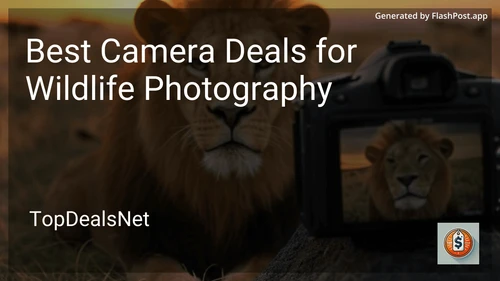Best Cameras for Wildlife Photography to Buy in November 2025

KJK Trail Camera 36MP 2.7K, Mini Game Camera with Night Vision 0.1s Trigger Time Motion Activated 130°Wide-Angle, Waterproof Trail Cam with 2.0” HD TFT Screen, Hunting Camera for Wildlife Monitoring
- CAPTURE CRYSTAL-CLEAR 36MP IMAGES & 2.7K VIDEOS DAY OR NIGHT.
- STEALTHY NIGHT VISION UP TO 75FT WITH LOW GLOW INFRARED LEDS.
- ULTRA-FAST 0.1S TRIGGER & 130° WIDE ANGLE ENSURE NO WILDLIFE MISSED.

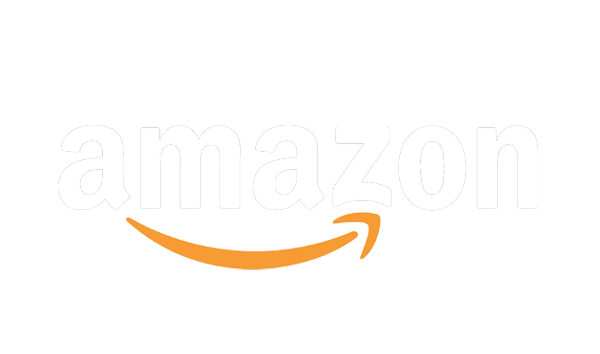
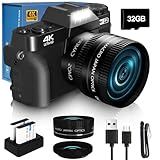
2024 Upgrade VJIANGER Digital Camera for Photography Vlogging Camera for YouTube with WiFi, 180° Flip Screen, 16X Digital Zoom, 52mm Lens, 2 Batteries, 32GB Micro SD Card(Black)
-
CAPTURE STUNNING 64MP PHOTOS & VIDEOS FOR UNFORGETTABLE MEMORIES.
-
INSTANT WIFI FILE TRANSFERS; SHARE MOMENTS SEAMLESSLY WITH FRIENDS.
-
COMPACT, USER-FRIENDLY DESIGN-PERFECT FOR GIFTS AND EVERYDAY USE!


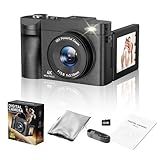
4K Digital Camera for Photography- 50MP Autofocus Vlogging Camera with 2.8" 180°Flip Screen, 18X Digital Zoom- Compact Point and Shoot Camera with 32GB TF for YouTube, Travel, Beginners, Black
- CAPTURE STUNNING 4K VIDEOS AND 50MP PHOTOS EFFORTLESSLY!
- 18X ZOOM & FLASHLIGHT FOR SHARP IMAGES IN LOW LIGHT CONDITIONS!
- LONG BATTERY LIFE & 32GB STORAGE FOR ENDLESS CREATIVE SHOOTING!


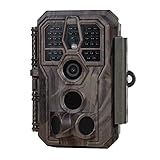
GardePro E5S Trail Camera, 64MP 1296p HD Video, Game Cameras with 100ft Night Vision Motion Activated Waterproof for Deer Wildlife Cam, Hunting
- CAPTURE STUNNING NIGHT SHOTS: NIGHT VISION UP TO 100FT WITH F/1.6 LENS.
- HIGH-QUALITY IMAGING: 64MP STILLS AND HD VIDEOS IN VERSATILE FORMATS.
- RAPID DETECTION: 0.1S TRIGGER SPEED AND 90FT DETECTION DISTANCE.



Yatao Cameras for Photography & Vlogging,75MP 4K Digital Camera with Flip Touchscreen, 10X Optical Zoom, WiFi, 64GB TF Card, Card Reader, Compact YouTube Camera for Travel, Beginners, Creators
- 10X OPTICAL ZOOM: CAPTURE SHARP IMAGES FROM AFAR WITH EASE.
- 4K VIDEO & 75MP PHOTOS: CREATE STUNNING CONTENT FOR VLOGGERS.
- EASY FLIP TOUCHSCREEN: USER-FRIENDLY FOR BEGINNERS AND KIDS ALIKE.


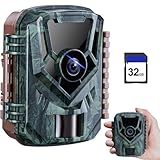
KJK Trail Camera, 36MP 2.7K Mini Game Camera with Night Vision Motion Activated Waterproof, 130°Wide-Angle Wildlife Camera 0.1s Trigger Time 3-Shot Burst, 2.0” HD TFT Screen Hunting Gifts for Men
- CAPTURE STUNNING 36MP IMAGES & 2.7K VIDEOS, DAY OR NIGHT!
- DISCREET NIGHT VISION WITH LOW-GLOW LEDS; PERFECT FOR WILDLIFE!
- LIGHTNING-FAST 0.1S TRIGGER AND 130° WIDE-ANGLE DETECTION!


Wildlife photography is a captivating and intriguing hobby for many. With unique moments to capture and stories to tell, it's no wonder so many people are drawn to it. However, finding the right camera can be overwhelming, especially when you're searching for the best deals. In this guide, we'll explore essential factors to consider when choosing a camera for wildlife photography, without diving into specific product recommendations.
Key Considerations for Wildlife Photography Cameras
When embarking on your wildlife photography journey, it's crucial to choose a camera that will suit your needs and help you capture those once-in-a-lifetime shots. Here are the primary features and attributes to consider:
1. Sensor Size and Resolution
A larger sensor typically offers better image quality and improved performance in low light. Full-frame sensors are favored by professional wildlife photographers for their image quality and depth, while APS-C sensors are often lighter and more affordable. High resolution is also essential for capturing detailed images and cropping without losing quality.
2. Speed and Performance
Wildlife photography often involves fast-moving subjects. A camera with a high burst rate and fast autofocus system is essential to capture these fleeting moments. Look for cameras that can shoot at least 5 frames per second (fps) and offer rapid focus tracking on moving subjects.
3. Durability and Weather Sealing
Wildlife photographers frequently face challenging environments. It's vital to have a camera body built to withstand elements such as rain, dust, and extreme temperatures. Cameras with robust weather sealing are crucial to ensure longevity and consistent performance regardless of conditions.
4. Portability
While having the right gear is essential, carrying it around should be manageable. Consider cameras that balance weight and performance, making them easier to transport during long hikes or in rugged terrains.
5. Lens Compatibility
The lens plays a critical role in wildlife photography. You'll want a versatile lineup of telephoto lenses to capture distant subjects. Ensure your camera system has access to quality lenses that meet your focal length requirements.
Learning the Trade
Getting the right camera is only the first step. Wildlife photography demands patience, skill, and practice. Consider joining workshops or online communities to hone your craft. Learn to understand your subjects' behavior for better anticipation and positioning.
Investing Wisely
Purchasing a camera is a significant investment. It's essential to balance between investing in good quality equipment and not overspending on features that you won't use. Check various retailers, compare prices, and look for seasonal sales to get the best camera deals for wildlife photography.
For those looking to also explore video conferencing equipment, check out these guides on finding affordable webcams for Zoom or explore budget webcam deals.
Conclusion
Choosing the right camera for wildlife photography involves several considerations, including sensor size, speed, durability, portability, and lens compatibility. By understanding these key factors, you can make a more informed decision and find a camera that fits your needs without breaking the bank. Happy shooting!
